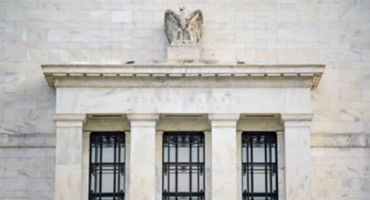3. Take advantage of opportunities to navigate volatility and event risk – We see elevated levels of volatility and continued event risk on the horizon, such as the potential for further difficulties in pockets of the banking system and other sectors dependent on credit lending, the continuing war in Ukraine and multiplying instances of social and political instability as populations across the world face a growing cost-of-living crisis. Pivots in central bank policy may generate opportunities but also risks: most notably the Bank of Japan’s (BOJ’s) imminent exit from its long-standing policy of yield curve control. Designed as a stimulus mechanism to sustain inflation in Japan, it resulted in Japanese institutions purchasing billions’ worth of European bonds to generate positive returns — a reversal could be a further headwind for European fixed income.
Over the last decade, European bonds have benefitted from significant purchases by the European Central Bank, as part of its asset purchase and pandemic emergency purchase programmes, which have totalled €5 trillion in purchases since 2014. As ECB monetary policy tightens and the balance sheet is gradually unwound, this could represent a significant headwind to European rates, as the marginal buyer is no longer there, at the time where expansionary fiscal policy means record new issuance. These events are all trigger points for renewed volatility, which active diversification across different regions may help mitigate.
4. Benefit from lower hedging costs – Europe’s stronger-than-expected growth and high inflation will keep pressure on the ECB to continue its hiking cycle. As the ECB catches up to the Fed in its monetary tightening cycle, a reduction or tightening in US-Europe short-term rate differentials should contribute to lower hedging costs for Europe-based investors investing in global fixed income markets. European fundamentals remain fairly resilient — corporate profit margins have recovered, periphery unit labour costs have normalised compared to core Europe and consumer real incomes are improving. In our view, these factors support continued outperformance of the euro and most other European currencies versus the greenback, and lower hedging costs as a result.












Financial Market Review
Continue readingBy
Brett Hinds
Jameson Dunn